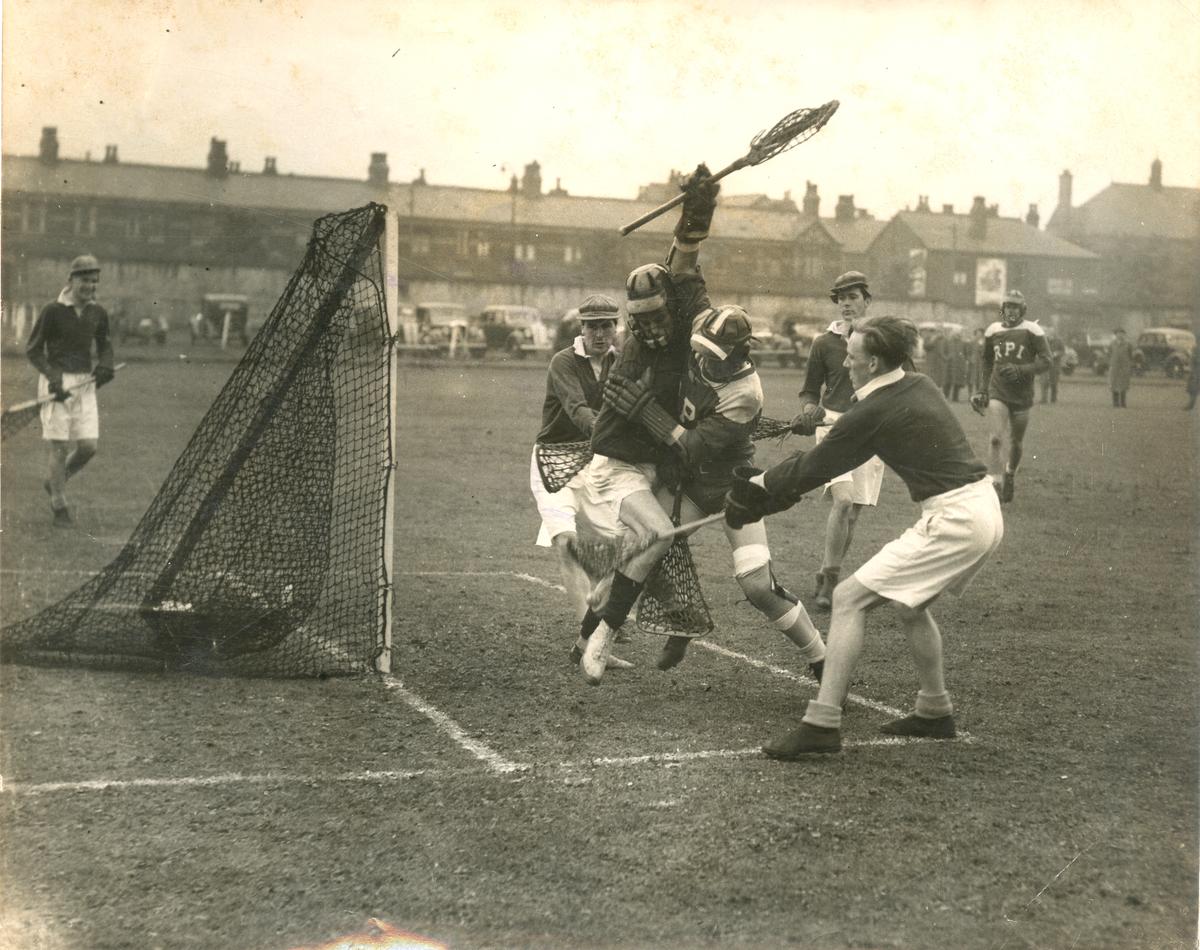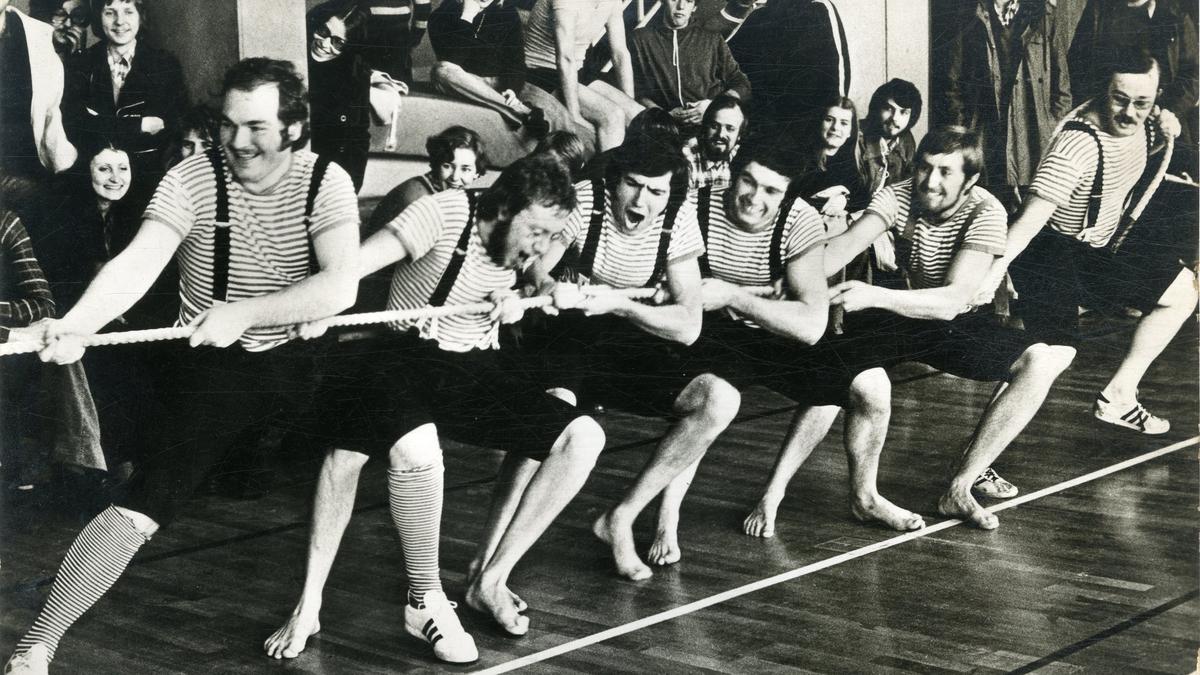From cricket to polo, which sports were once in the Olympics, but are not there anymore?
The 33rd edition of the Summer Olympics will take place from July 26 to August 11 in Paris and 16 other cities in France.
The Summer Games have a rich history featuring a variety of sports, each adding its own element to the global competition. However, some sports have been included and then discontinued, showcasing the dynamic nature of the Olympics.
Here are ten sports from Olympic history that have been removed from the modern Games:
Cricket
Cricket made its sole appearance at the 1900 Olympic Games in Paris, showcasing a two-day Test match between Great Britain and France. Led by Captain Charles Beachcroft, Great Britain’s Devon and Somerset Wanderers club emerged victorious, highlighting a fleeting yet memorable chapter in Olympic cricket history.
The sport is set to mark its return at Los Angeles 2028.
Water Motorsports
Water motorsports was given full medal status in the 1908 Games in London but the International Olympic Committee discontinued it soon after.
In the only year when motorised power boats were part of the Olympics, three water motorsport races were held. Great Britain and France were the only nations who took part with the former winning two races.
Distance Plunging
Distance Plunging made a brief appearance in 1904, challenging athletes to propel themselves underwater without using their limbs.
William Dickey’s gold-winning dive of 19.2 meters remains a testament to the daring spirit of early Olympic sports.
Tug of War
Tug of War featured prominently in the early Olympics, with Great Britain and the United States dominating the field.
However, after its last appearance in the 1920 Games, this sport faded into Olympic antiquity, leaving behind tales of intense competition and camaraderie.
Basque Pelota
Basque Pelota, a sport which is similar to tennis, graced the 1900 Games in Paris but failed to gain lasting traction. The fact that it’s not part of the modern Olympics, despite later displays, mirrors how sports’ popularity waxes and wanes globally.
Rope Climbing
An event in Olympic gymnastics from 1896 to 1932, rope climbing represents exceptional physical strength and agility. The evolution of its rules and equipment mirrors the dynamic nature of Olympic sports over time.
Croquet
Debuting in the 1900 Paris Olympics with female participation, croquet showcased a blend of skill and finesse. However, its single Olympic appearance underscores the selective evolution of sports within the Games.
Lacrosse

The Renaselaer lacrosse team in a demonstration match at the Olympic Games in Manchester in July, 1948.
| Photo Credit:
THE HINDU ARCHIVES
The Renaselaer lacrosse team in a demonstration match at the Olympic Games in Manchester in July, 1948.
| Photo Credit:
THE HINDU ARCHIVES
Lacrosse has been contested in two editions of the Summer Olympic Games: 1904 and 1908. Canada’s prowess in this sport leaves behind a legacy of excellence. It was also held as a demonstration event at the 1928, 1932, and 1948 Summer Olympics, ans is set to be included in the 2028 Olympics in Los Angeles.
Polo
Polo’s Olympic journey, spanning from 1900 to 1936, mirrored the global fascination with equestrian sports. Logistical challenges during World War II led to its exclusion, marking the end of an era for this regal pursuit.
Solo Synchronised Swimming
A brief yet captivating addition to the Olympics, solo synchronised swimming debuted in 1984, showcasing individual grace and synchronisation.
Its transformation into a team event highlights the evolution of Olympic disciplines to enhance competitiveness and spectator appeal.



